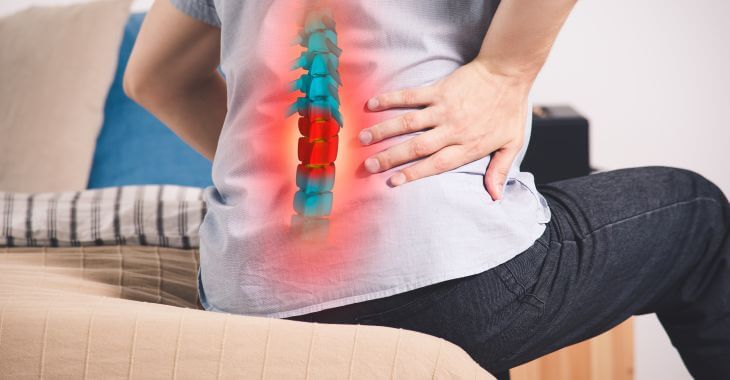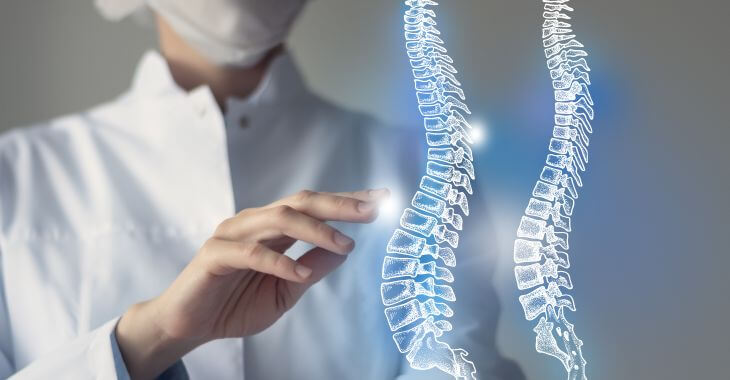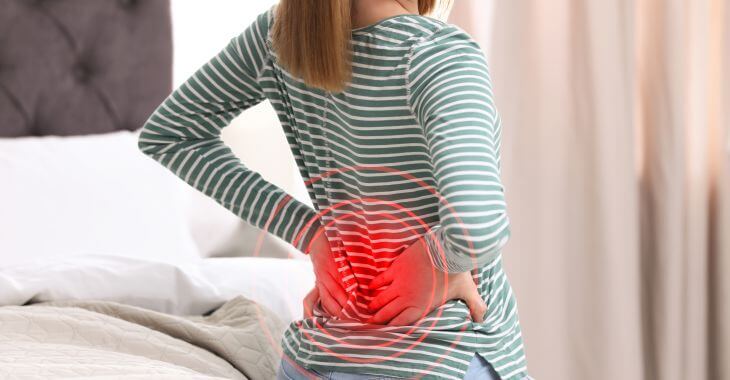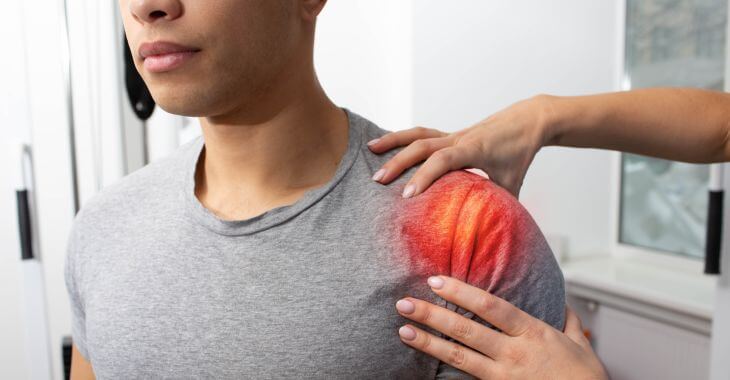What is the MILD Procedure for Back Pain?

Lower back pain is one of the most common chronic pain problems. There are many different conditions that can cause similar lumbar back pain, but spinal stenosis is one of the most common causes of low back pain and sciatica. One treatment option is the MILD procedure, which can help manage back pain.
Low back pain and radiculopathy can be caused from multiple musculoskeletal conditions involving the spine, but spinal stenosis is a common problem. Arthritis, slipped discs and vertebrae fractures can also cause similar pain. It is important to have an accurate diagnosis to determine what is causing the pain.
To determine the best treatment, diagnostic testing is usually performed to find the cause of back pain. Diagnosis is difficult on symptoms alone, as many conditions cause similar symptoms, irritating the nerves around the spine.
If lumbar spinal stenosis is diagnosed, it means the spinal column has narrowed, putting pressure on nerve roots. This can be caused by bone spurs, thickened ligaments and other issues within the spine. When conservative treatments are ineffective, the MILD back procedure may be recommended for pain relief.
Symptoms of Lumbar Spinal Stenosis (LSS)
Many lower back conditions have similar symptoms to spinal stenosis, but it is one of the more common spine disorders. The pressure on the lumbar spine from lifting, bending and normal activities can result in thickened ligaments, bone spurs and bulging discs that cause nerve compression. Symptoms include:
- Lower back pain
- Numbness in the lower back while standing
- Pain, numbness or tingling in legs when walking
- Relief when sitting or leaning forward
Relief for lumbar spinal stenosis can be found with some conservative treatments. However, in the past, spinal stenosis often resulted in invasive back surgery. There are other options now, including the MILD procedure for spinal stenosis.
What Is the MILD Back Procedure?
In most cases, physicians prefer to begin with conservative procedures to control back pain caused by spinal stenosis. Over-the-counter medications combined with rest or injection therapy may be used to relieve nerve compression. When these are not effective, minimally invasive procedures like MILD may be recommended.
When back pain becomes chronic, which is often the case with spinal stenosis, the minimally invasive lumbar decompression, or MILD, procedure is a surgical procedure used to remove components that cause nerve compression in the lumber spine. The goal is to relieve nerve compression and back pain symptoms.
During the procedure, a tiny incision is made at the determined area of spinal stenosis. Small surgical tools are used to carefully remove portions of thickened ligaments, bone spurs, herniated discs and other components causing the lumbar spinal stenosis or nerve compression.
The MILD procedure is FDA-approved for treatment of LSS. It is performed by a qualified physician or spine surgeon with the use of specialized imaging to direct the doctor during the procedure. The goal is to restore the space inside the spinal column to relieve pressure on the nerve roots that are causing pain.
Benefits of MILD Procedure for Spinal Stenosis
The MILD back procedure is much less invasive than most spinal surgeries. Traditional back surgeries can require staying in the hospital and a long recovery after the procedure. MILD back procedure surgery has many benefits over more invasive options, including:
- MILD procedure only takes about an hour
- Patients can undergo the surgery with only local anesthesia
- Fewer risks than open spine surgery
- No stiches or implants required
- It is an outpatient procedure – patients go home the same day
- Minimal recovery and downtime needed
Most patients are able to return to most of their normal activities within a few days of their MILD back procedure. While it is not effective for every patient with lumbar spinal stenosis, MILD has offered excellent results for many patients. Some of the possible results from the MILD procedure for spinal stenosis include:
- Increased standing time
- Pain reduction
- Increased walking distance
- Fewer episodes of numbness or weakness
For many people living with lumbar spinal stenosis, the MILD procedure offers a chance for significant relief from their symptoms without the risks of invasive spine surgery. No general anesthesia and the tiny incision allow for fewer complications and a faster recovery for patients with spinal stenosis.
Is the MILD Procedure Right for You?
The MILD back procedure is not right for everyone, but it can be effective for those with moderate to severe symptoms from LSS. It is especially effective for those who have symptoms caused by thickened ligaments pressing on nerve roots in the lumber spine.

To find out if the MILD procedure for spinal stenosis could relieve your symptoms, contact your doctor or an orthopedic surgeon who performs the MILD procedure. It may be the minimally invasive procedure that could significantly reduce your LSS symptoms and pain.
The information provided on this website, including text, graphics, images, and other materials, is intended solely for informational purposes and should not be used as a substitute for professional medical advice, diagnosis, or treatment.




)